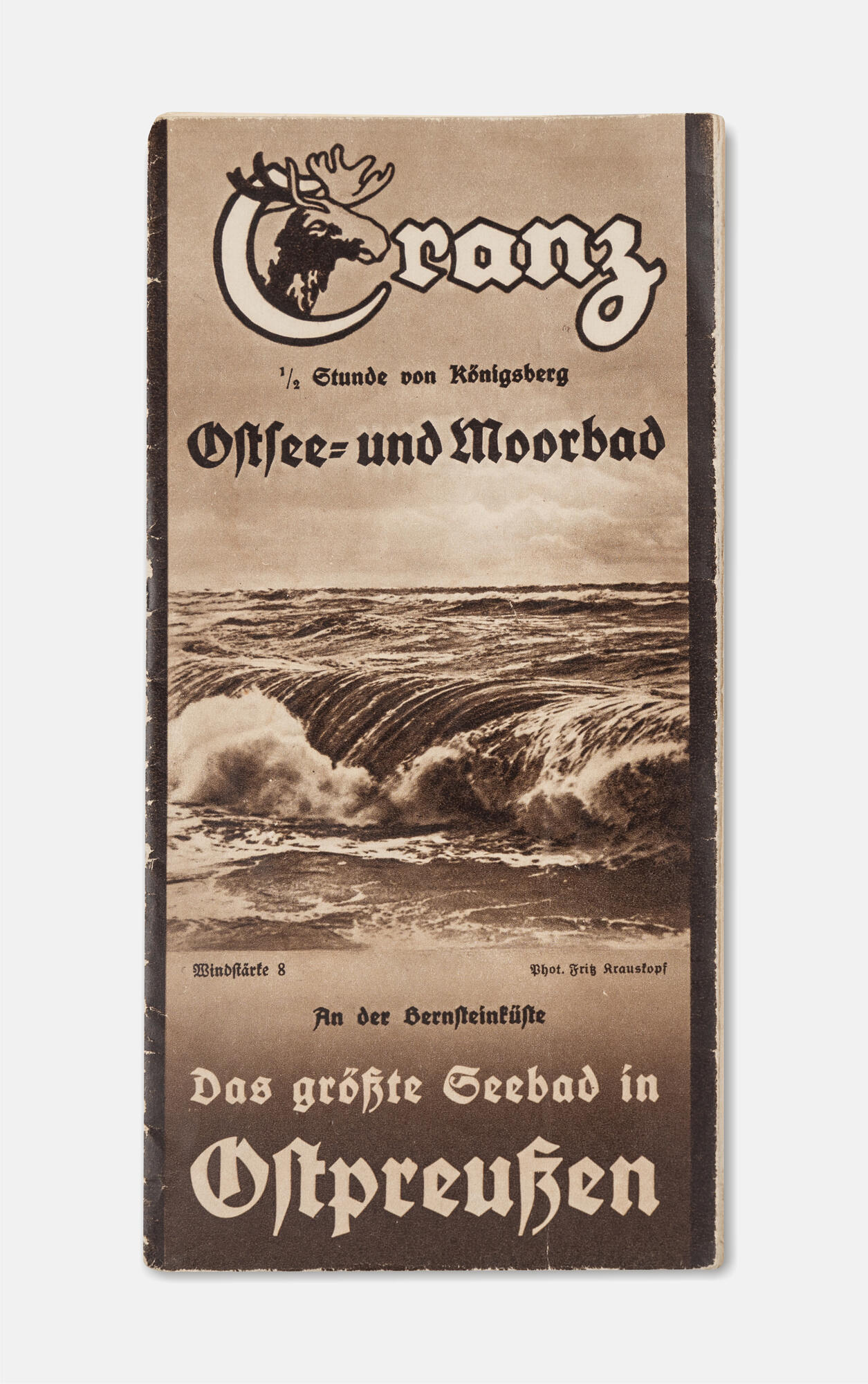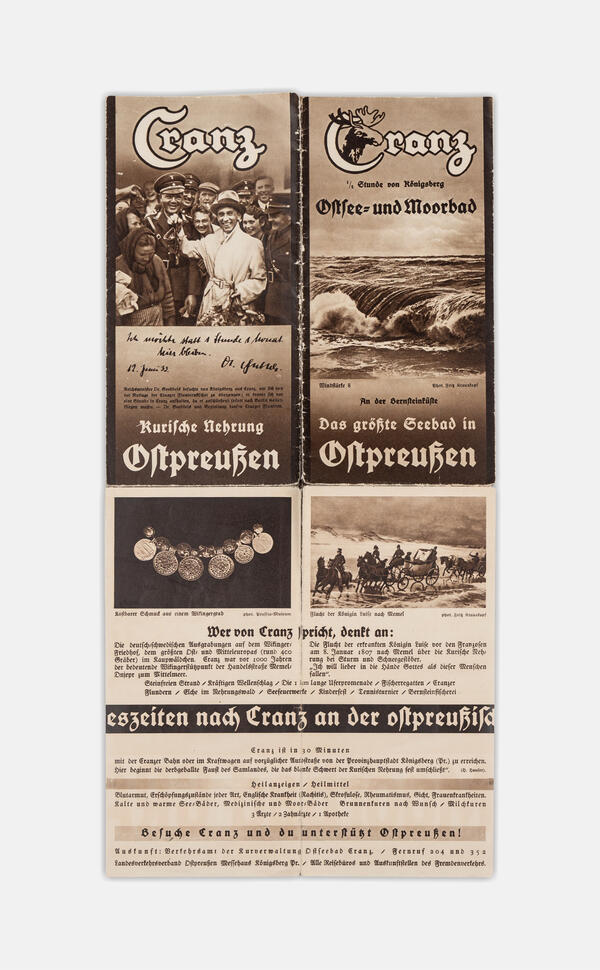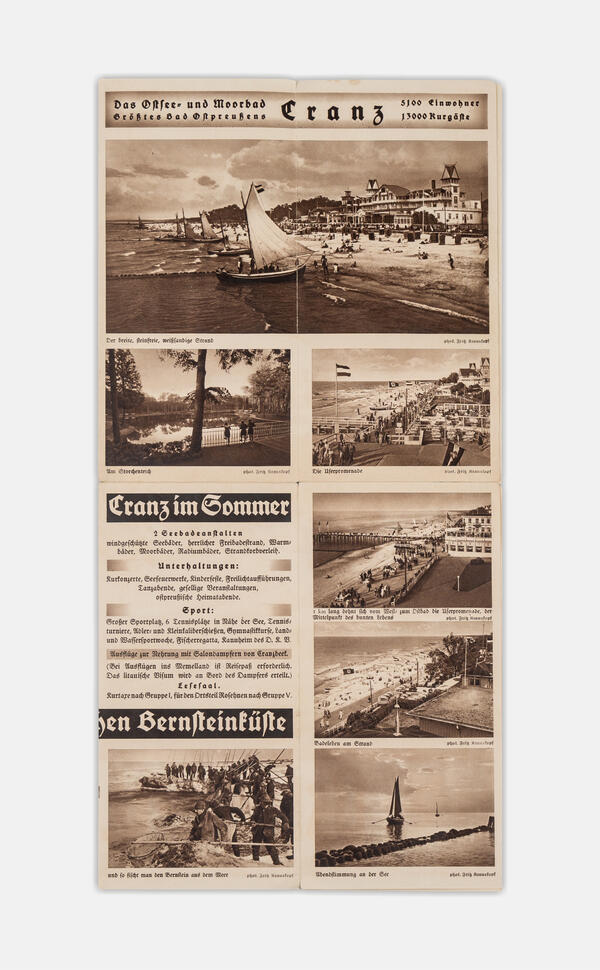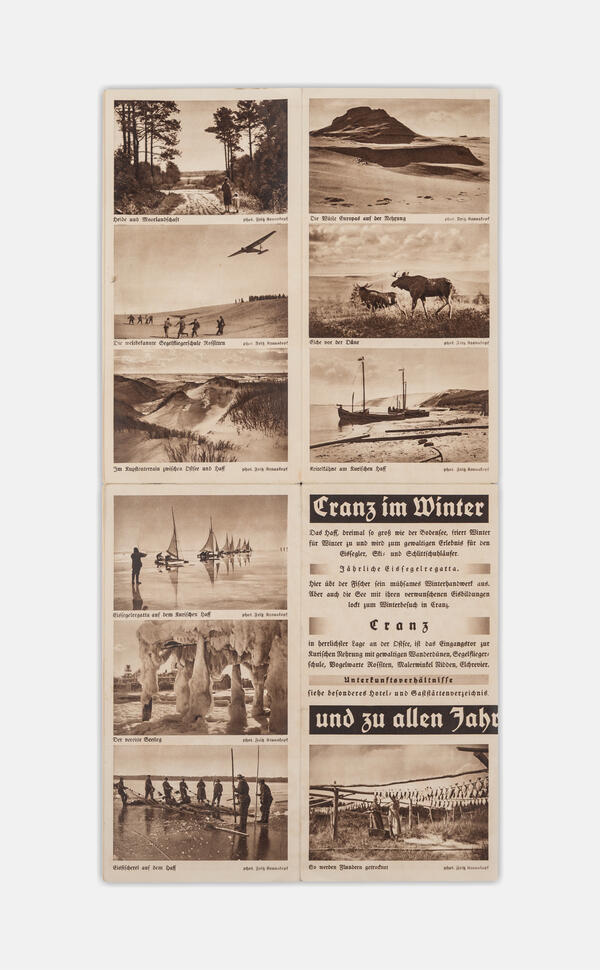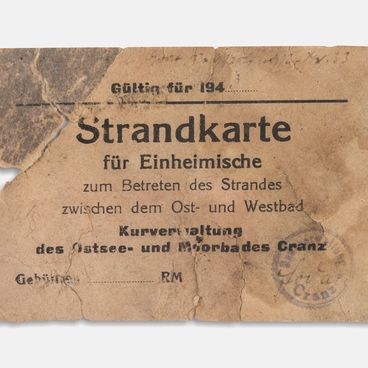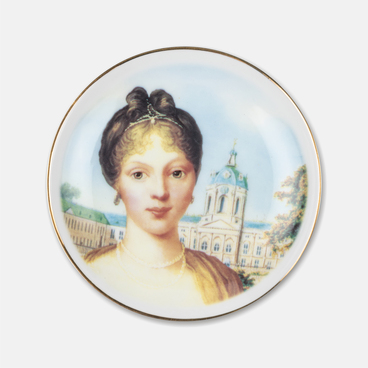The collection of the Zelenogradsk Museum of Local Lore presents a unique exhibit — a travel guide for visitors of Cranz — the most popular resort in East Prussia.
Nowadays, anyone can research their travel destination online. A century ago, however, print editions were the only source of information for travelers. In such books, one could find information about the benefits of staying at the Cranz resort, ways to improve one’s health, accommodation, cafes, entertainment, and more.
Although the first guidebooks for tourists appeared in the 17th century, they became widespread only in the 18th and 19th centuries. Their popularity was promoted by the spread of mass tourism. Travelers needed a universal guidebook that would replace the need to go through many books, including historical essays, travelogues, and other works, which had previously been used by educated travelers.
The development of resorts also contributed to the appearance of travel guides, as resorts needed to advertise their services. Cranz was founded in the early 19th century and one hundred years later it was already a recognized and popular resort, known both in Germany and beyond. Thanks to a well-developed transport network, up to 15,000 vacationers from the Russian Empire came there every year. Interestingly, many local residents, hotel employees, and waiters understood Russian quite well.
By the time the Nazis came to power in Germany, Cranz was undoubtedly a famous
resort recognized on a nationwide level. Every year, lots of popular travel
brochures, information guides, and postcards were published. In the 1930s, one
of the popular travel guides was “Cranz ½ Grunde von Konigsberg’ Ostsee und
Moorbad”. It was published annually until the outbreak of World War II. The
guide was distinguished by having a scaled map of the resort with all of its
top attractions marked on the map.
